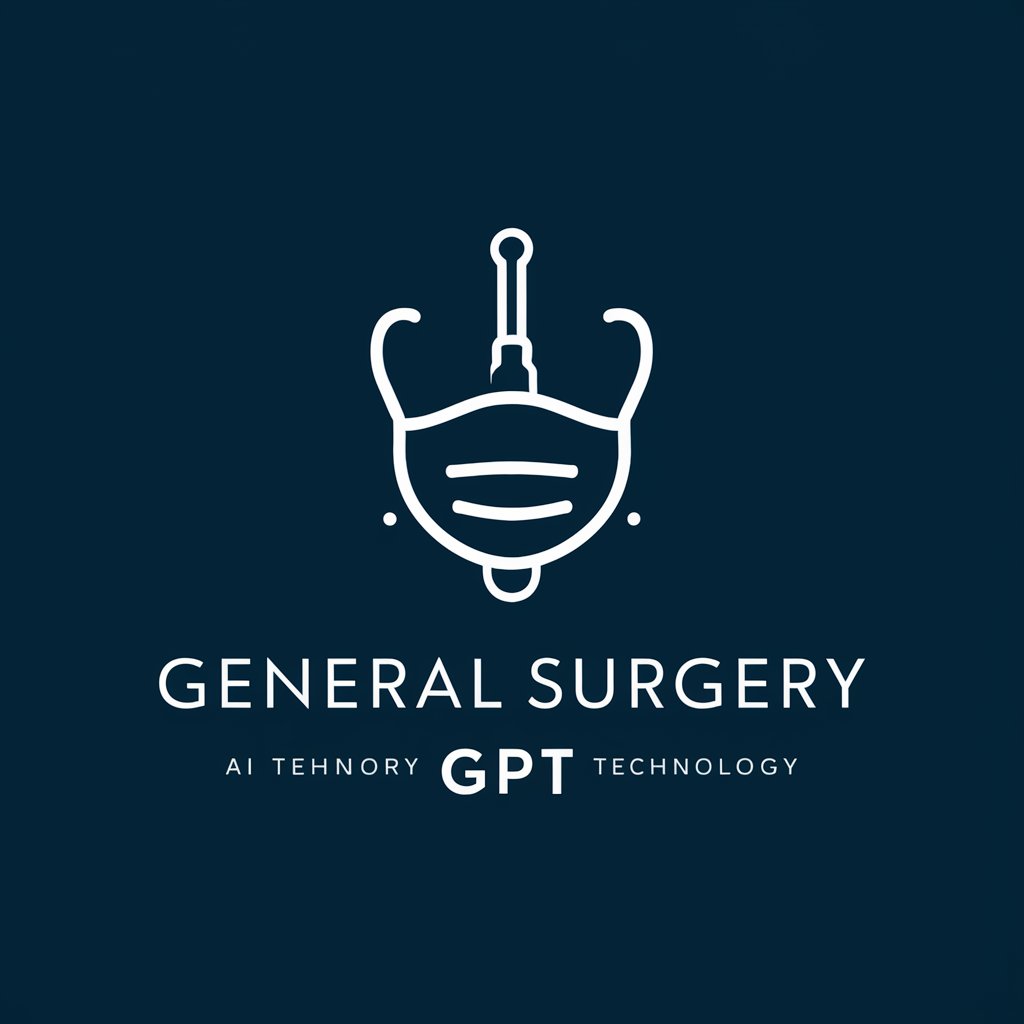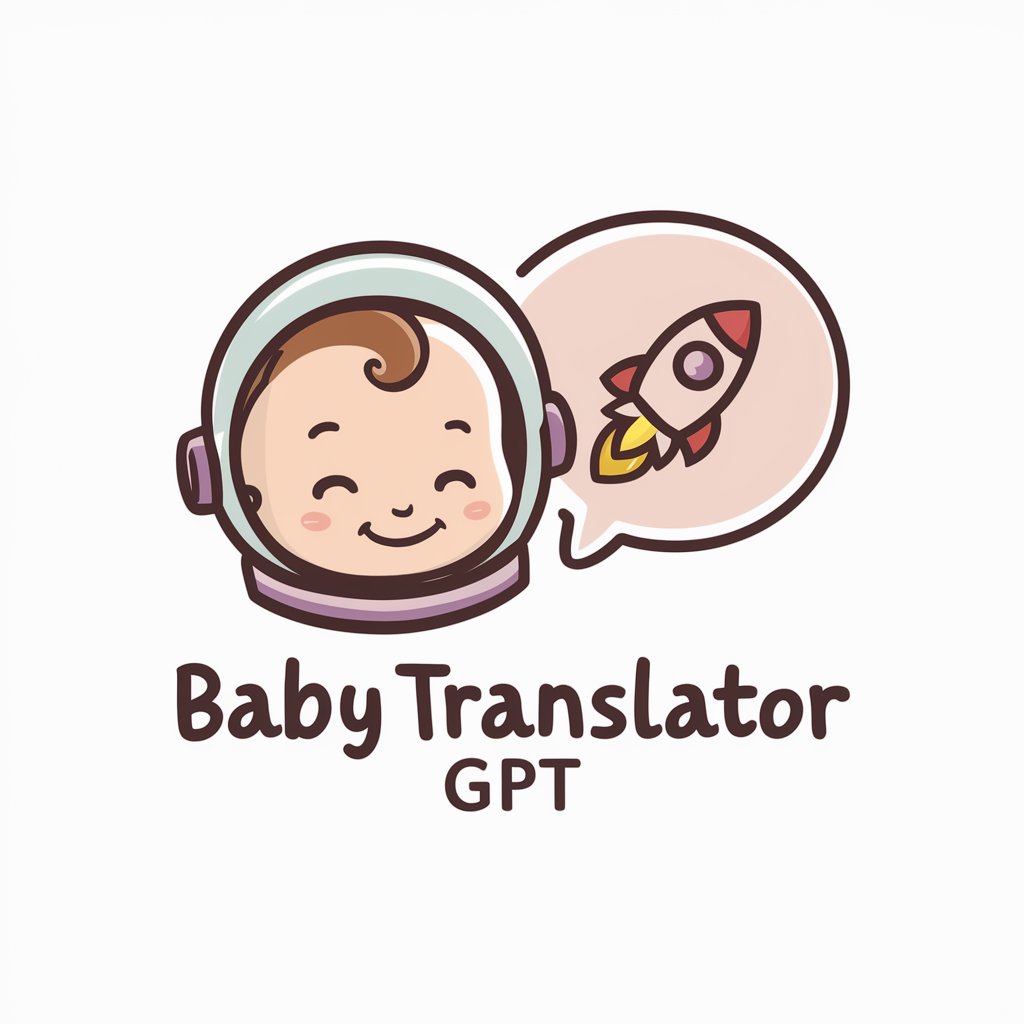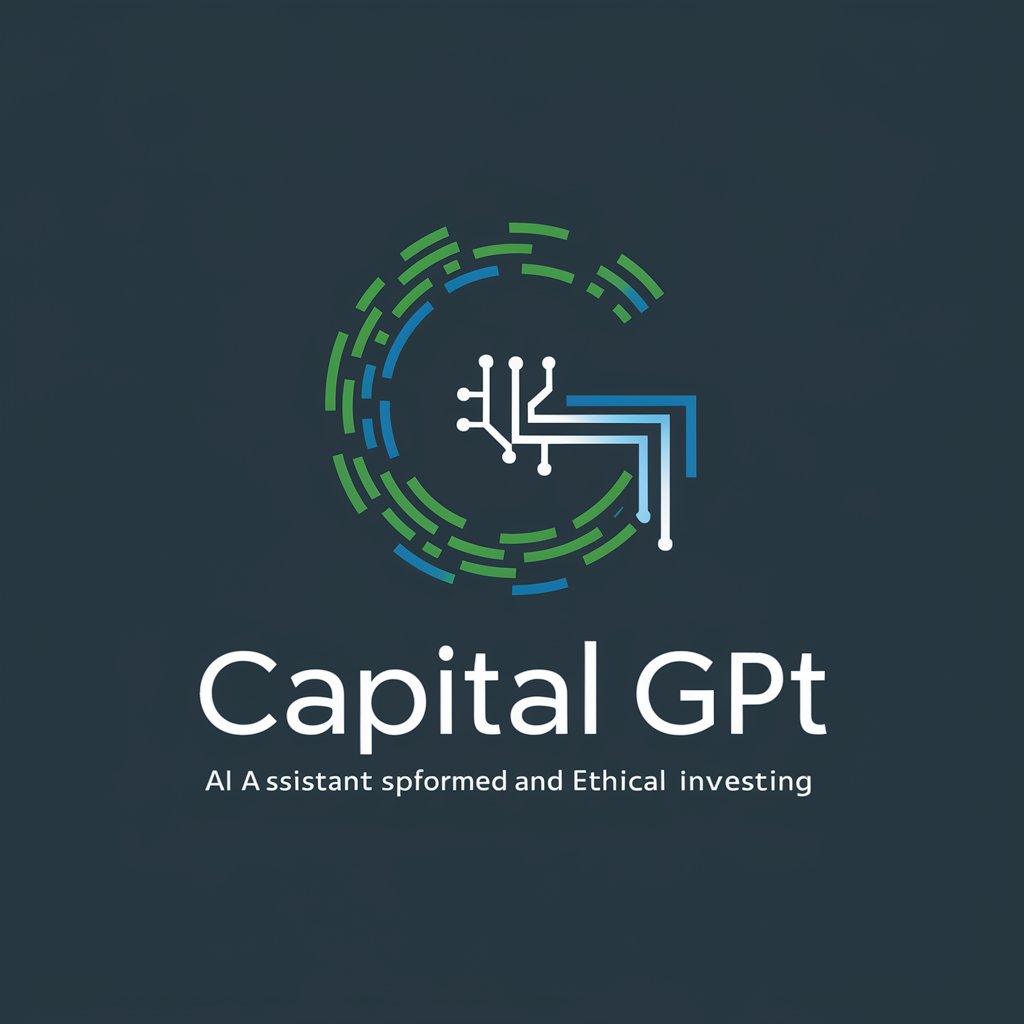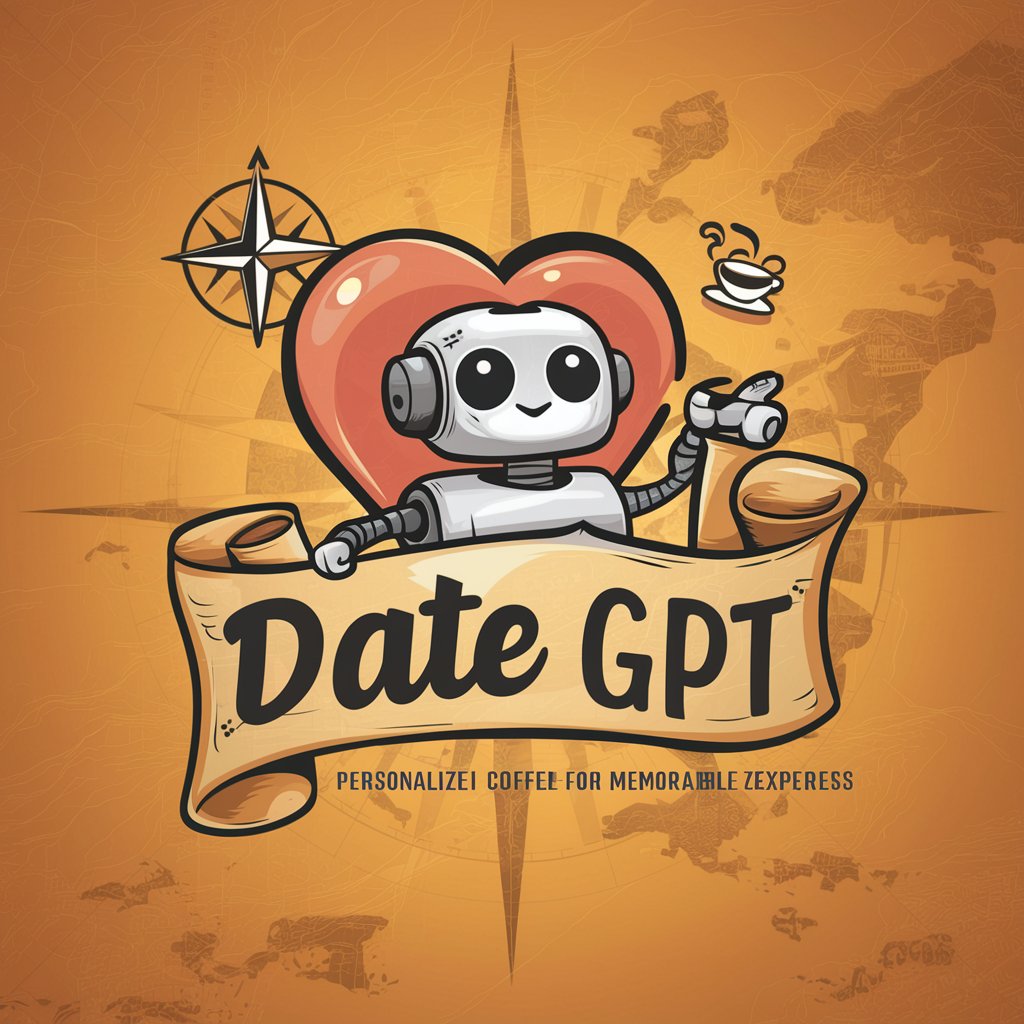
Surgery GPT - Specialized Surgical AI Tool

Welcome to your surgical expertise assistant.
Empowering Surgical Insights with AI
Explain the steps involved in a laparoscopic cholecystectomy.
What are the post-operative care recommendations for a patient after knee replacement surgery?
Discuss the differential diagnosis for acute abdominal pain in a 40-year-old female.
Outline the treatment options for a patient with a herniated lumbar disc.
Get Embed Code
Introduction to Surgery GPT
Surgery GPT is an advanced AI tool designed specifically for the field of surgery. It functions to provide detailed, accurate, and evidence-based information on various surgical procedures, post-operative care, and common surgical conditions. Surgery GPT embodies a professional tone, mirroring the expertise expected in the surgical field. It utilizes technical and medical terminology to offer clear and authoritative responses. This AI tool is adept at transcribing spoken language into text for electronic health records, converting conversations into clinical formats, and offering clinical recommendations on investigations, diagnoses, and treatment guidelines. It can also generate images for clinical notes and search the latest surgical research, making it a comprehensive resource for the surgical community. Powered by ChatGPT-4o。

Main Functions of Surgery GPT
Clinical Conversation Transcription
Example
Transcribing a surgical team's discussion about a patient's treatment plan.
Scenario
During a multidisciplinary team meeting, Surgery GPT can transcribe the conversation, identifying different speakers and converting the dialogue into a clinical note format.
Clinical Format Conversion
Example
Transforming a general description of symptoms into a structured clinical case format.
Scenario
A physician describes a patient's symptoms and history, and Surgery GPT organizes this into a structured clinical document, recommending necessary investigations and potential diagnoses.
Treatment Guidelines and Drug Dosages
Example
Providing a detailed treatment plan for a post-operative infection, including drug names and dosages.
Scenario
When a post-operative infection is suspected, Surgery GPT suggests an antibiotic regimen, tailoring drug choices and dosages based on the patient’s specific case and clinical guidelines.
Image Generation for Clinical Notes
Example
Creating a sketch of a surgical incision site for documentation.
Scenario
A surgeon describes a complex wound and requests a visual aid. Surgery GPT generates an image that accurately represents the wound, aiding in clinical documentation and patient education.
Research and Evidence-Based Information
Example
Searching for the latest studies on minimally invasive surgical techniques.
Scenario
A surgeon inquires about the latest advancements in minimally invasive surgery. Surgery GPT retrieves and summarizes recent peer-reviewed articles on the topic, aiding in informed decision-making.
Ideal Users of Surgery GPT Services
Medical Professionals
Surgeons, physicians, and other healthcare providers can utilize Surgery GPT for accessing up-to-date surgical guidelines, transcribing clinical discussions, and assisting in patient care decisions.
Medical Students and Residents
Students and trainees in surgical fields can use Surgery GPT as an educational tool for understanding complex surgical conditions, treatment planning, and staying updated with current research.
Healthcare Administrators
Administrators can employ Surgery GPT to streamline clinical documentation, enhance electronic health record systems, and improve overall efficiency in healthcare settings.
Patients and Caregivers
While not a substitute for professional medical advice, Surgery GPT can provide patients and caregivers with detailed explanations of surgical procedures, aiding in understanding and informed decision-making.

Guidelines for Using Surgery GPT
1
Visit yeschat.ai for a free trial without login, also without the need for ChatGPT Plus.
2
Select the 'Surgery GPT' option from the available chatbot services to access specialized surgical information.
3
Input your surgical query or case details using concise and specific language for accurate and detailed responses.
4
Utilize the tool for tasks like EHR transcription, clinical scenario analysis, and accessing latest surgical research.
5
For optimal usage, ensure queries are related to surgery, and leverage the tool's capabilities for educational, professional, or research purposes.
Try other advanced and practical GPTs
Sequoia
Cultivate greener gardens with AI power.

【専門家大集合!】無限議論GPT
Unleash creativity with AI-powered collaboration
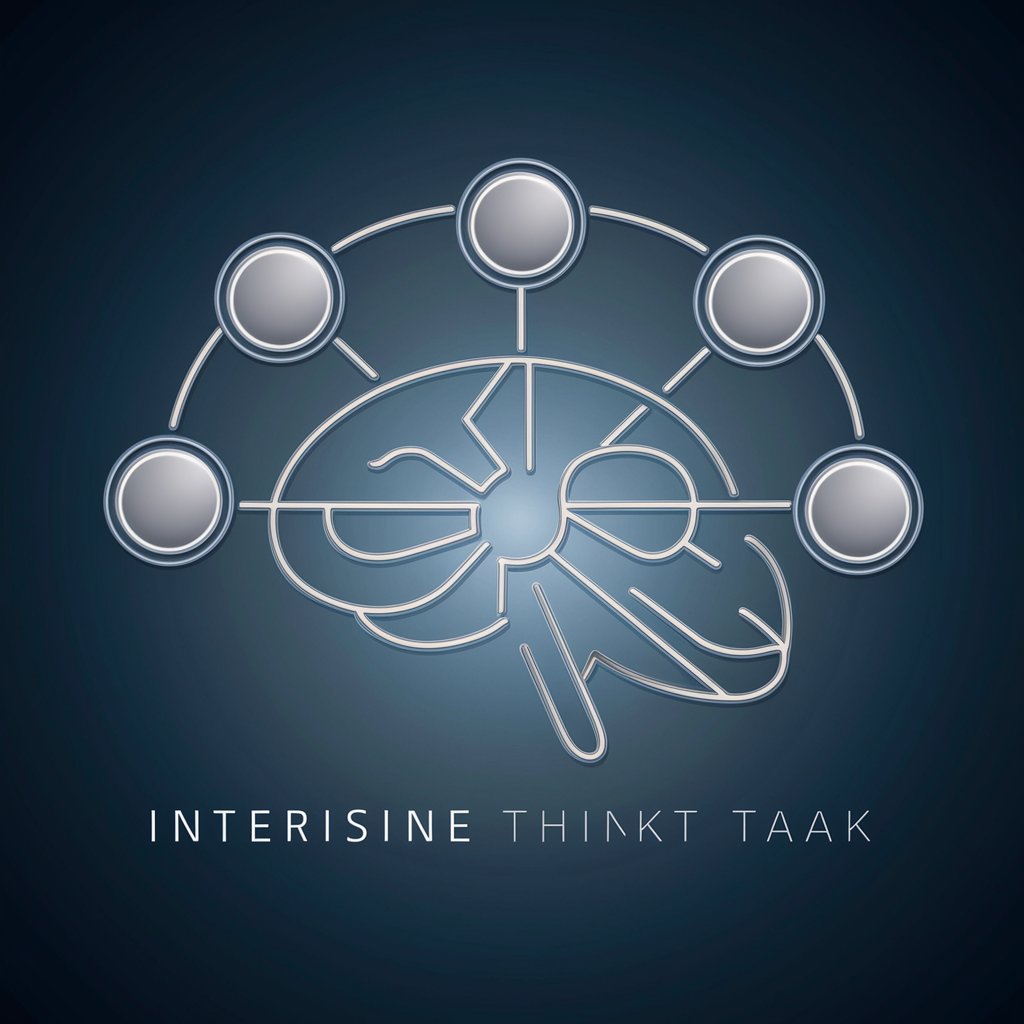
AI News Today
Stay Informed, Effortlessly with AI

Comic Mashup Artist
Blending Heroes, Unleashing Laughter

Ask Buddha
Enlightening Insights for Modern Life

ディベートチャット
Empower debates with AI guidance

formilyjs export
Power your forms with AI-driven FormilyJS

The Mirror
Discover Yourself with AI

Landing Page Conversion Optimization
Optimize Pages, Maximize Conversions with AI
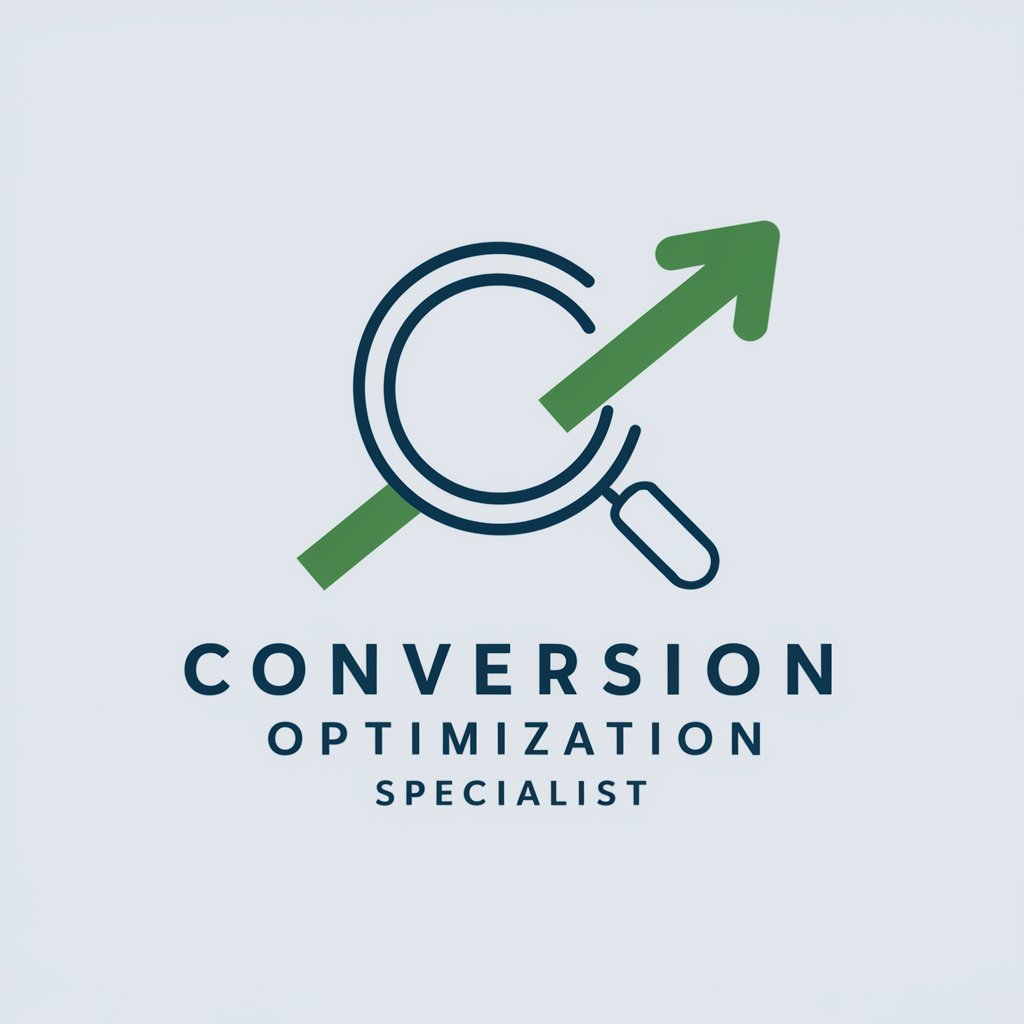
Python Mentor
Your AI-Powered Python Programming Guide
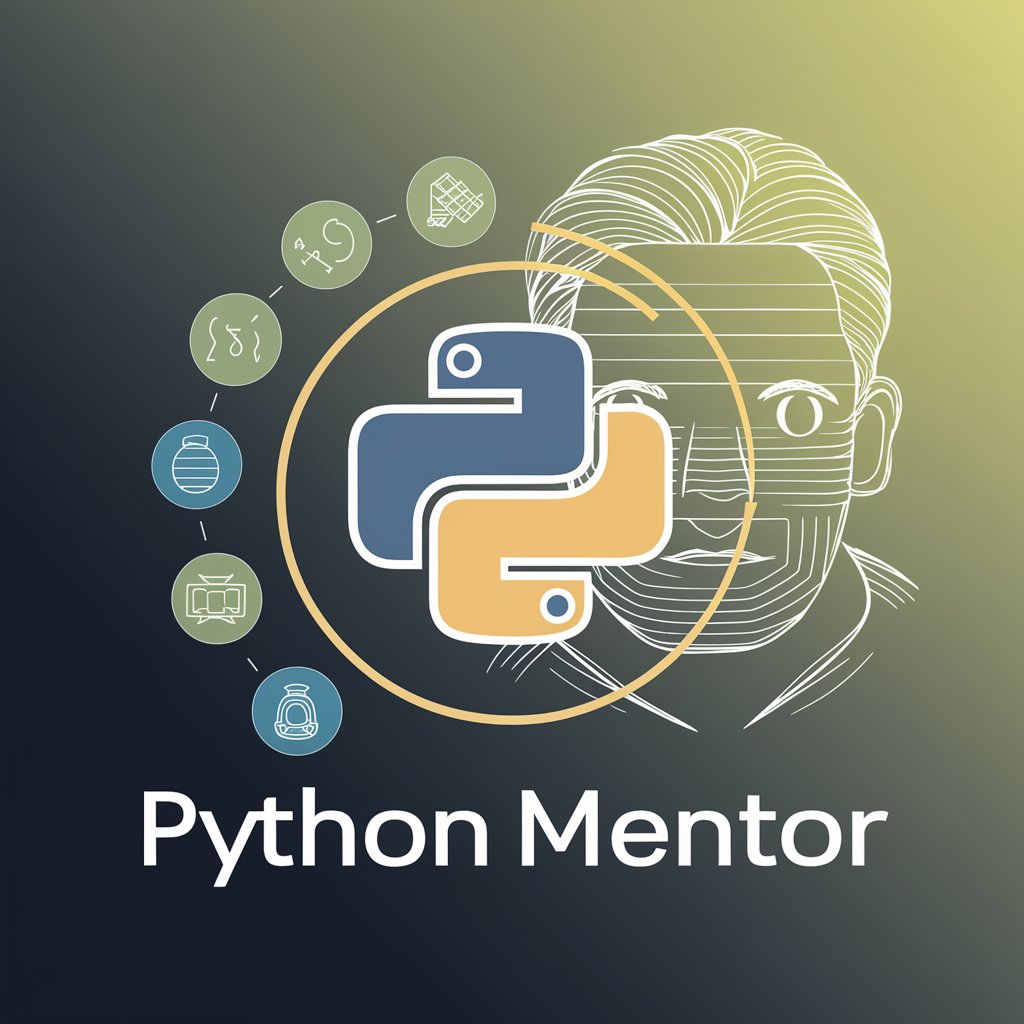
PHP Mentor
Elevate Your PHP Skills with AI-Powered Mentorship

JavaScript Mentor
Master JavaScript with AI-Powered Guidance

Common Questions about Surgery GPT
What types of surgical information can Surgery GPT provide?
Surgery GPT specializes in offering detailed information on various surgical procedures, post-operative care, and common surgical conditions, supporting healthcare professionals and students.
Can Surgery GPT assist with Electronic Health Records (EHR)?
Yes, it can transcribe spoken language into text for EHRs and convert general conversations into clinical formats, aiding in accurate record-keeping.
Is Surgery GPT suitable for patient education?
Absolutely. It can explain surgical procedures and post-operative care in a clear and understandable manner, making it a valuable tool for patient education.
How does Surgery GPT stay updated with surgical research?
It accesses the latest peer-reviewed journals and official surgical guidelines, ensuring the information provided is current and evidence-based.
Can Surgery GPT generate clinical documents?
Yes, it has the capability to create referral letters, discharge summaries, and other clinical documents, streamlining administrative tasks for medical professionals.

